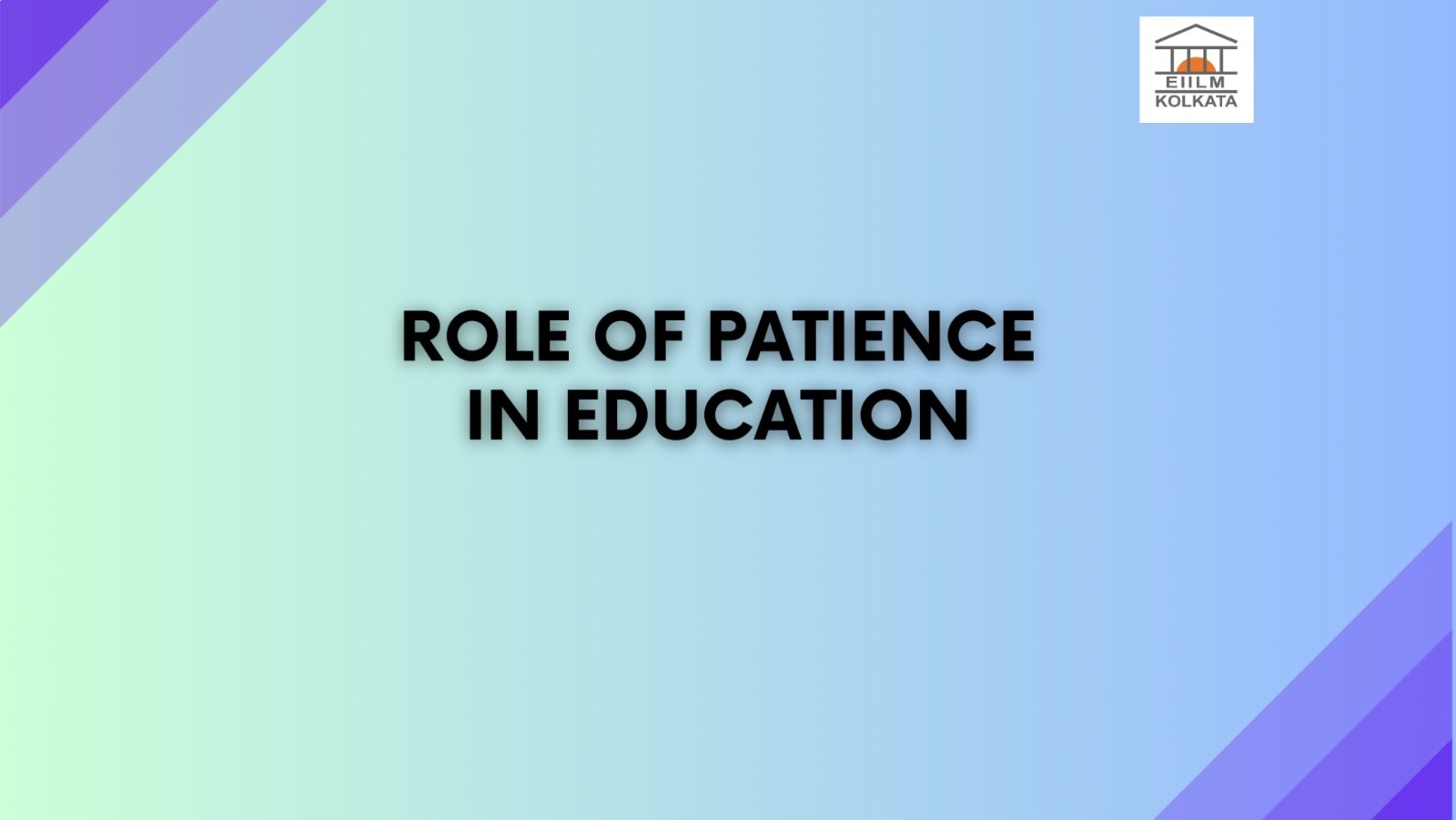In a world that glorifies instant results and quick fixes, practicing patience has become extremely crucial. We all know that with patience a person becomes equipped to deal with stressful and challenging affairs of life, it helps us to elude situations that can potentially cloud our judgements. Patience is a skill that should be developed in every human being in order to lead a stable and balanced life. In this blog we will specifically talk about the benefits of cultivating patience in teachers and in students.
Patience is a prime factor when it comes to teaching because teachers often come across challenges and hurdles in the classroom that requires a calm and understanding approach. Additionally, patience is needed when providing individualized support to students who require more time and attention, moreover teachers can foster student engagement, enhance learning outcomes, and build strong relationships with their students. From handling lazy learners, different classroom situations, to handling diverse guardians, patience plays an important role.
How does patience and perseverance help a student?
- It helps to improve academic performance
- It helps students to stay calm and composed, and build perseverance for desired results.
- It helps in reducing stress that helps them to cope with academic pressure
- It helps them to build better social skills, as listening to others, understanding different perspectives, and communicating effectively.
- Patience is a key element of emotional intelligence. By learning to be patient, students can regulate their emotions and develop empathy for others.
By keeping these points in mind, we can assert that patience helps students to be good human beings, and helps them to become sociable as well, which further helps them to serve the society more ethically and efficiently.
How to teach a student or a child to be patient?
- For better or worse, our home life shaped much of who we become as adults, since children learn best through observation. Therefore, it is important for parents and teachers to model patience in their own behaviour.
- It is important to encourage children to wait for the things that they desperately want, and provide the same after a certain time, this will help them develop patience.
- It is equally important to praise children for their patience, it will help them to reinforce this behaviour.
- Patience is a practice and this practice has to be done regularly, therefore, it is important to provide children with opportunities to practice patience in everyday situations. For example; give them a bunch of green peas and let them peel those for thirty minutes, this will gradually make them patient even with the other tasks.
- Make them sit silently for 30 minutes every day, without getting them involved in any sort of work. This will help reducing the inbuild restless behaviour in them.
How to cultivate patience in teaching?
- Understanding what pushes your patience to the limit, understanding your personal triggers and stressors are important to tackle the emotions and maintain composure in challenging situations.
- Taking short breaks and practicing breathing exercises will help to regain your composure and approach it with a calm mindset.
- It is important to put yourself in your student’s shoes, active listening, validating their feelings, providing support when they need it, these would help them to be more creative, expressive and comfortable.
- Clear and concise communication is key to maintaining patience in teaching. Provide students with clear instructions and expectations, ensuring they understand what is required of them. Use positive language and constructive feedback to motivate and encourage students.
- Prioritise your task and set realistic goals, by scheduling, organising your work, and managing time effectively you can reduce stress and maintain patience in your teaching practice.
- Practising yoga, and meditation can be proven hugely beneficial for any individual to achieve patience in themselves. Though it seems difficult at the beginning but consistency would make it easier with time.
By taking on the role of a patient teacher, educators can encourage students to continue learning throughout their lives and develop a passion for learning even outside of the classroom. Teachers who exhibit patience are better able to foster a positive and productive learning environment. Teachers can help students’ profound knowledge by devoting time, embracing multiple teaching strategies, and patiently overcoming challenges.
In conclusion, it is crucial to remember the power of patience. Embrace it as it is a valuable asset in teaching and learning practice, and witness it transforming a classroom into a space of growth and success.


